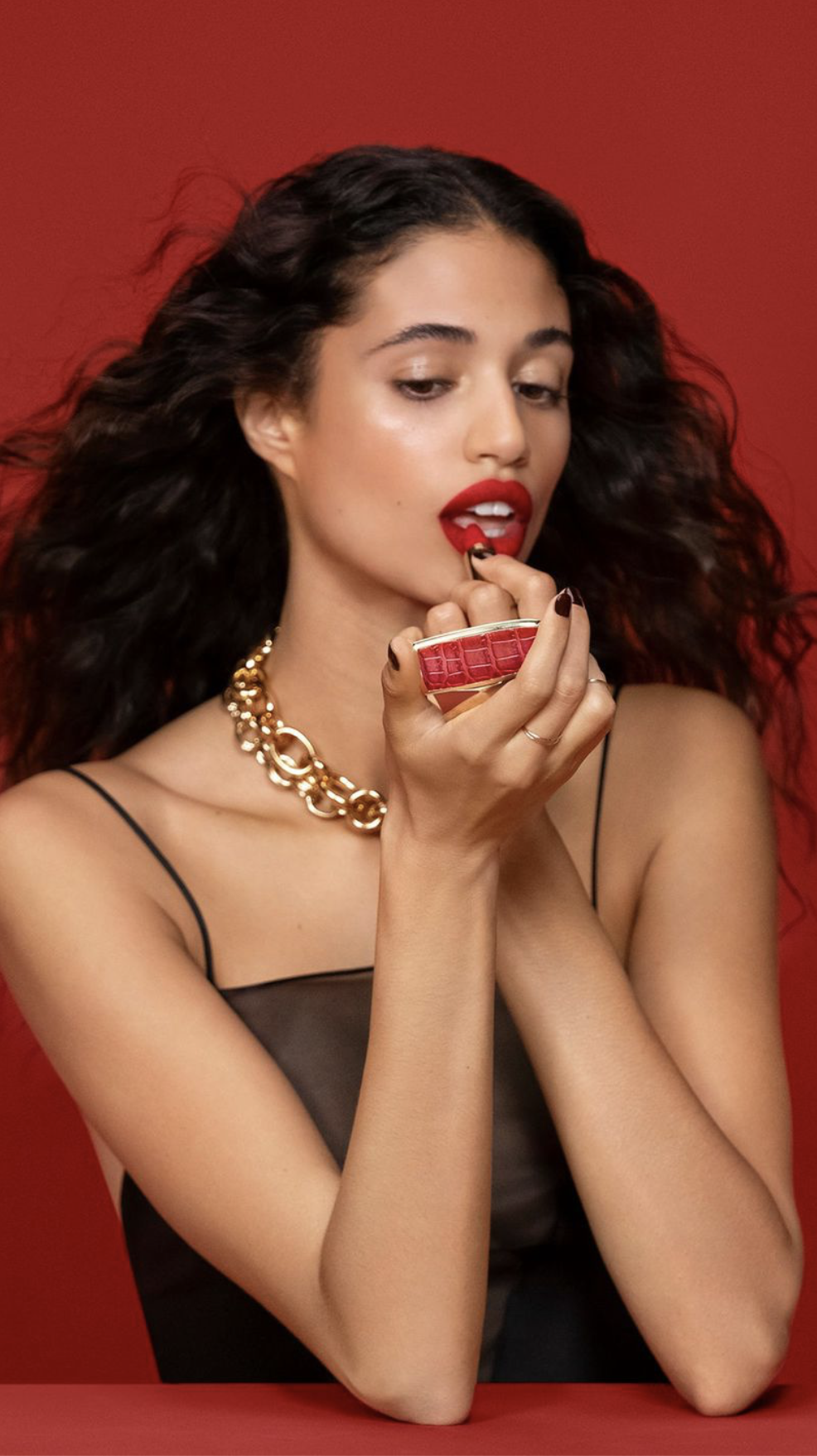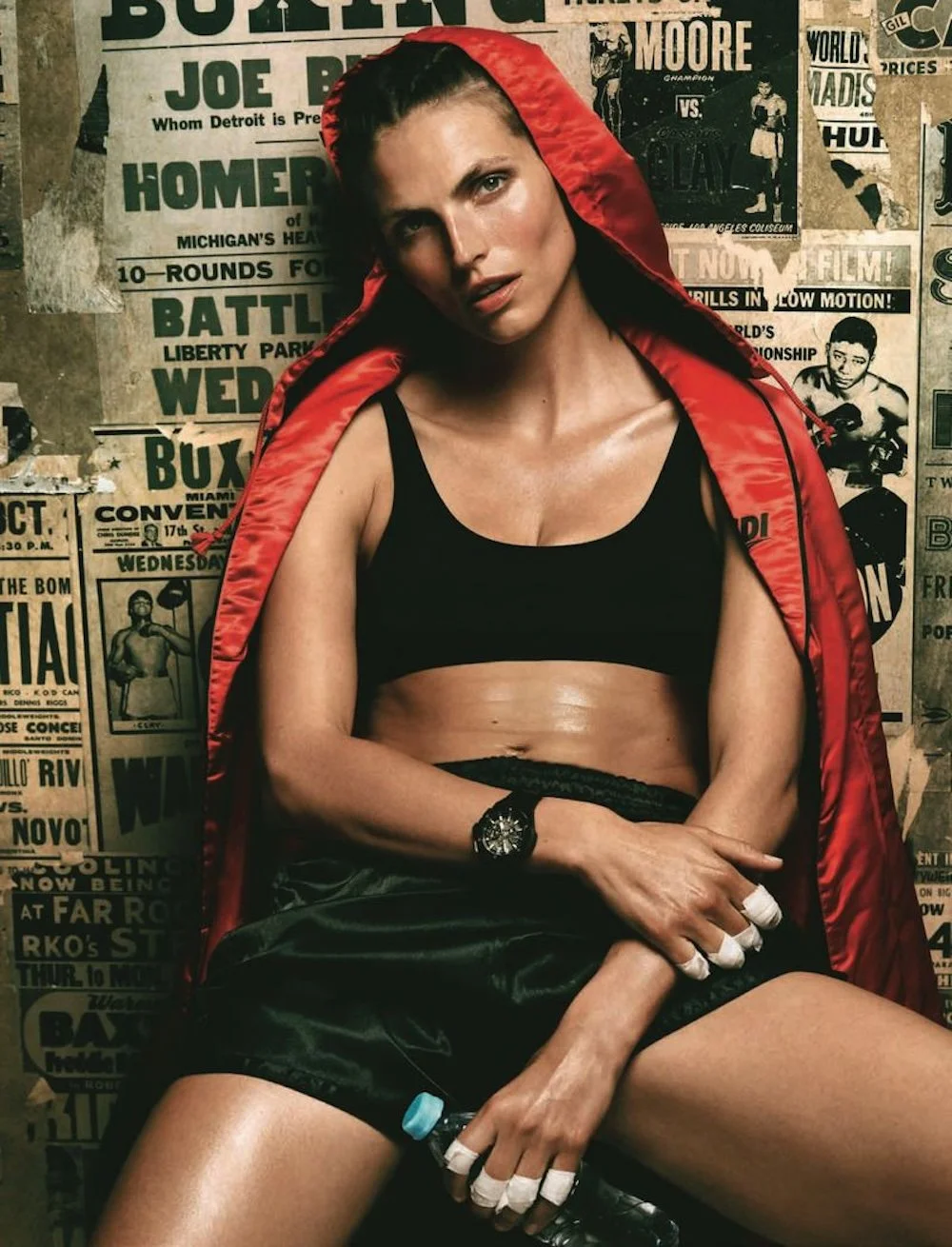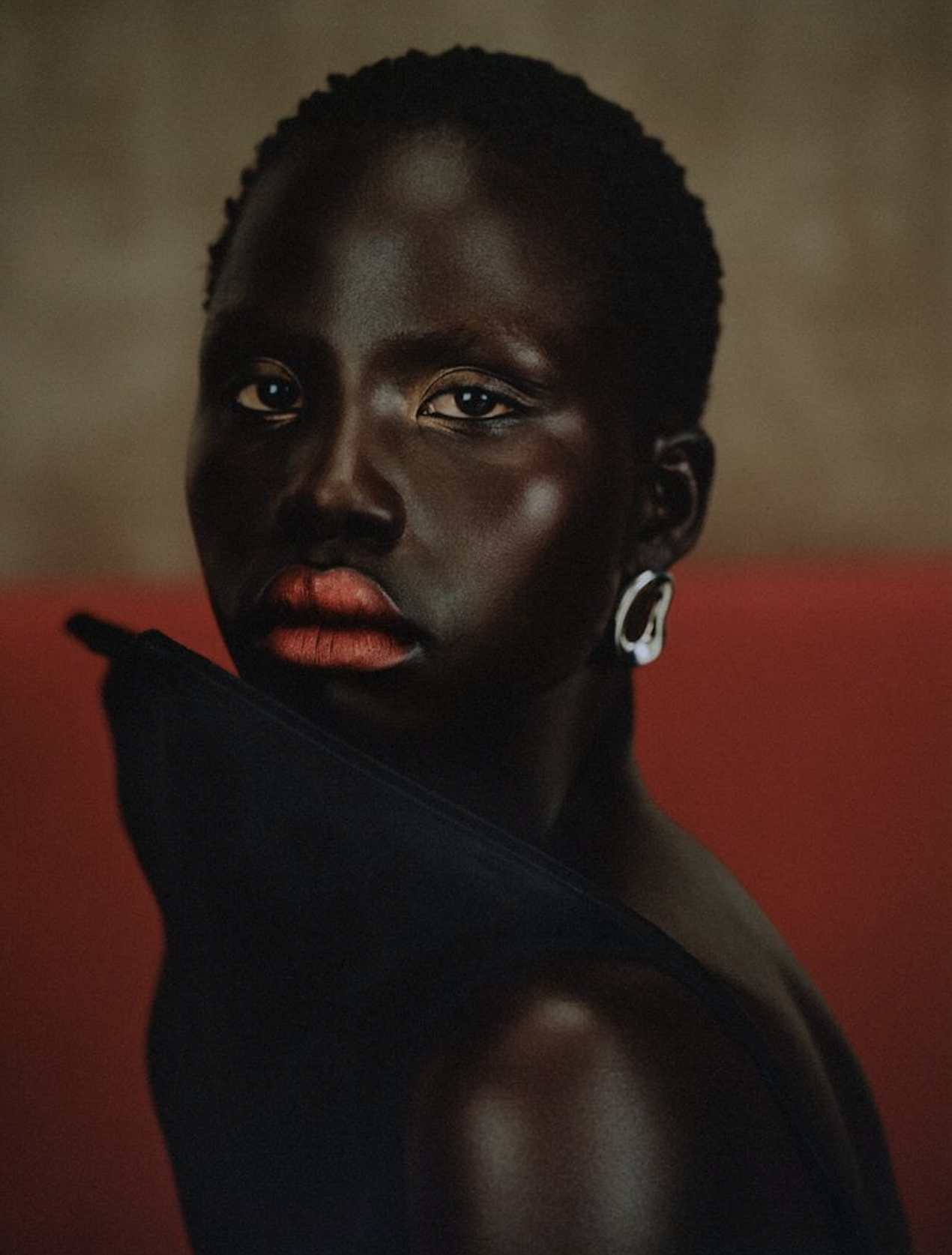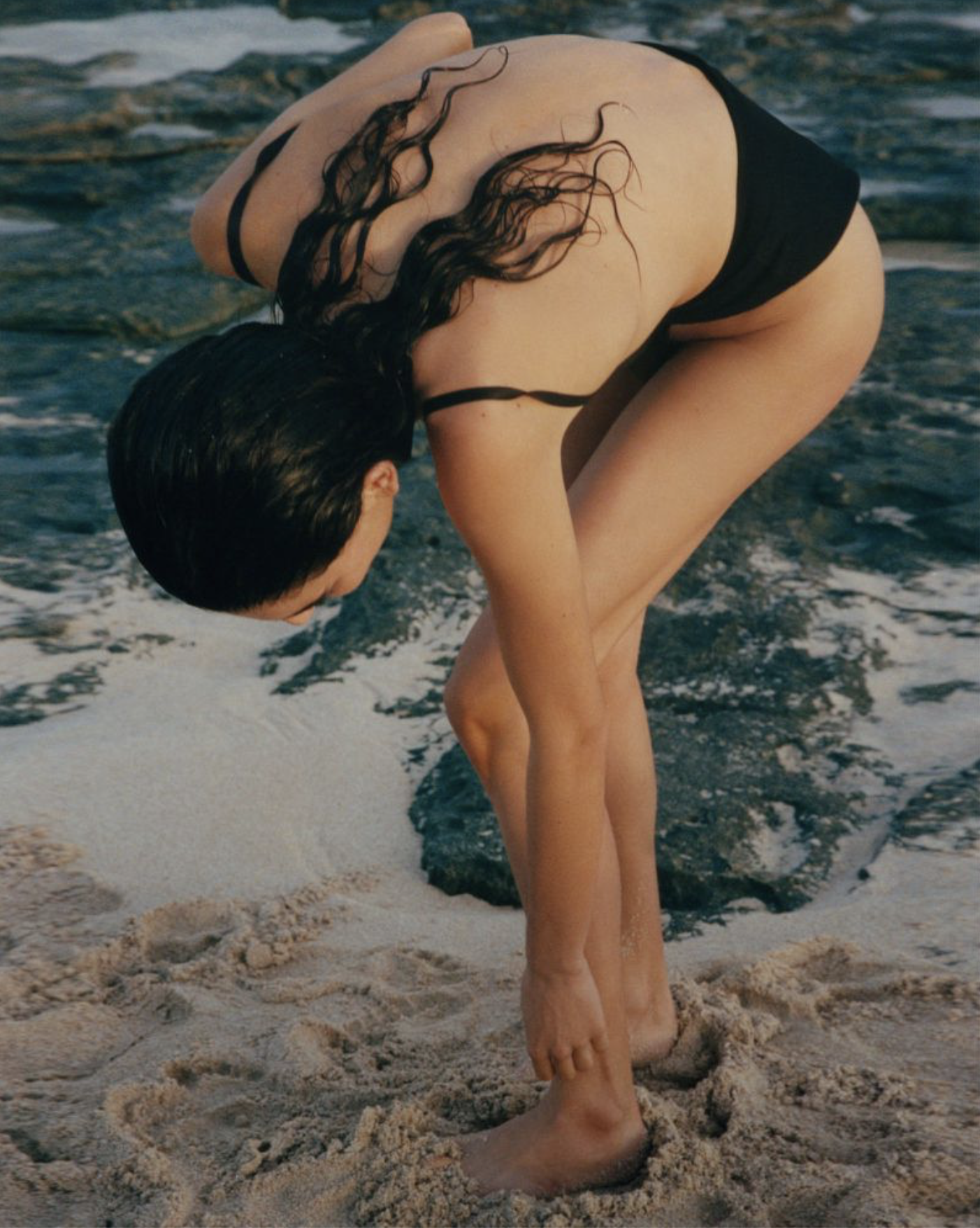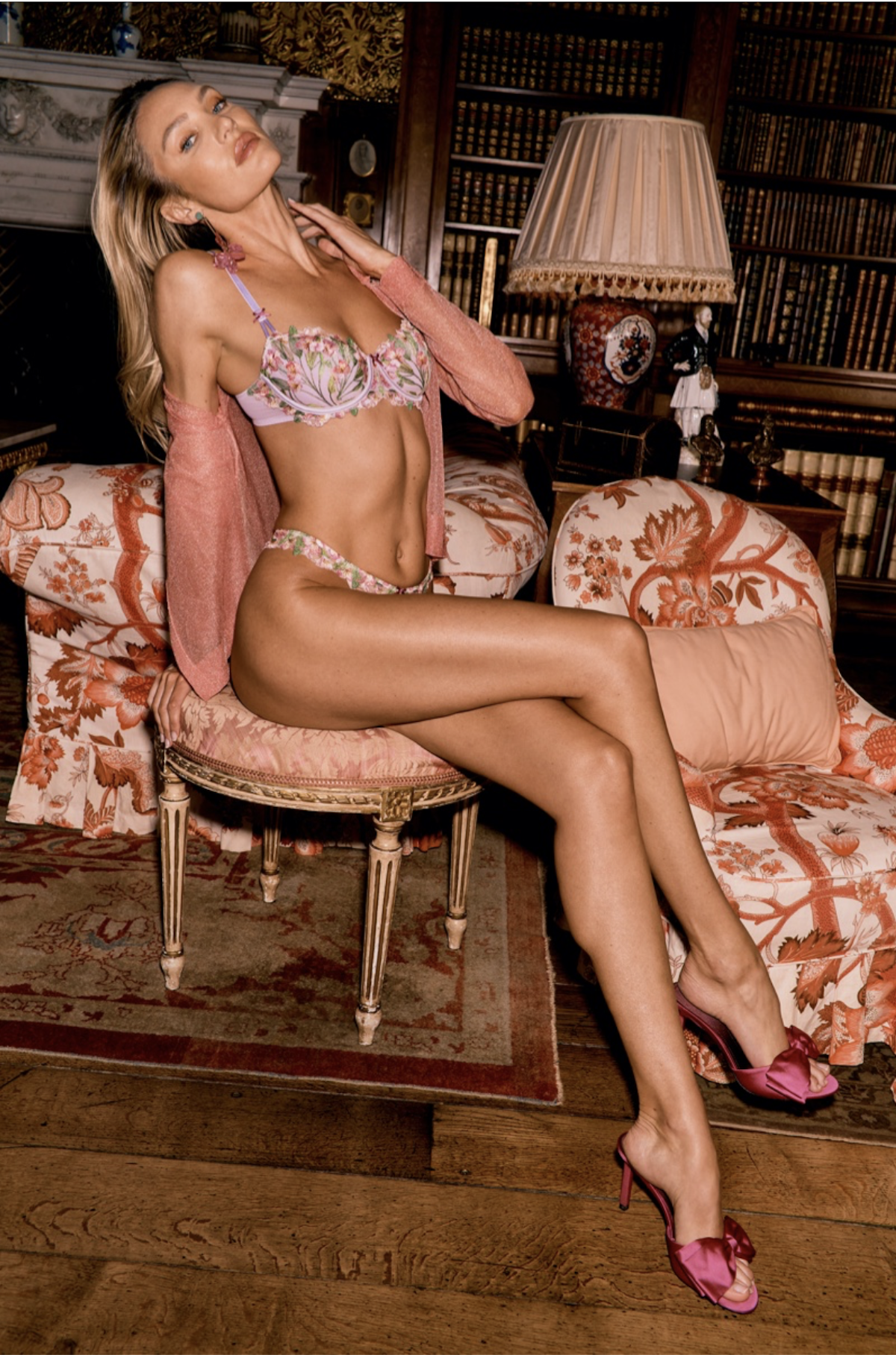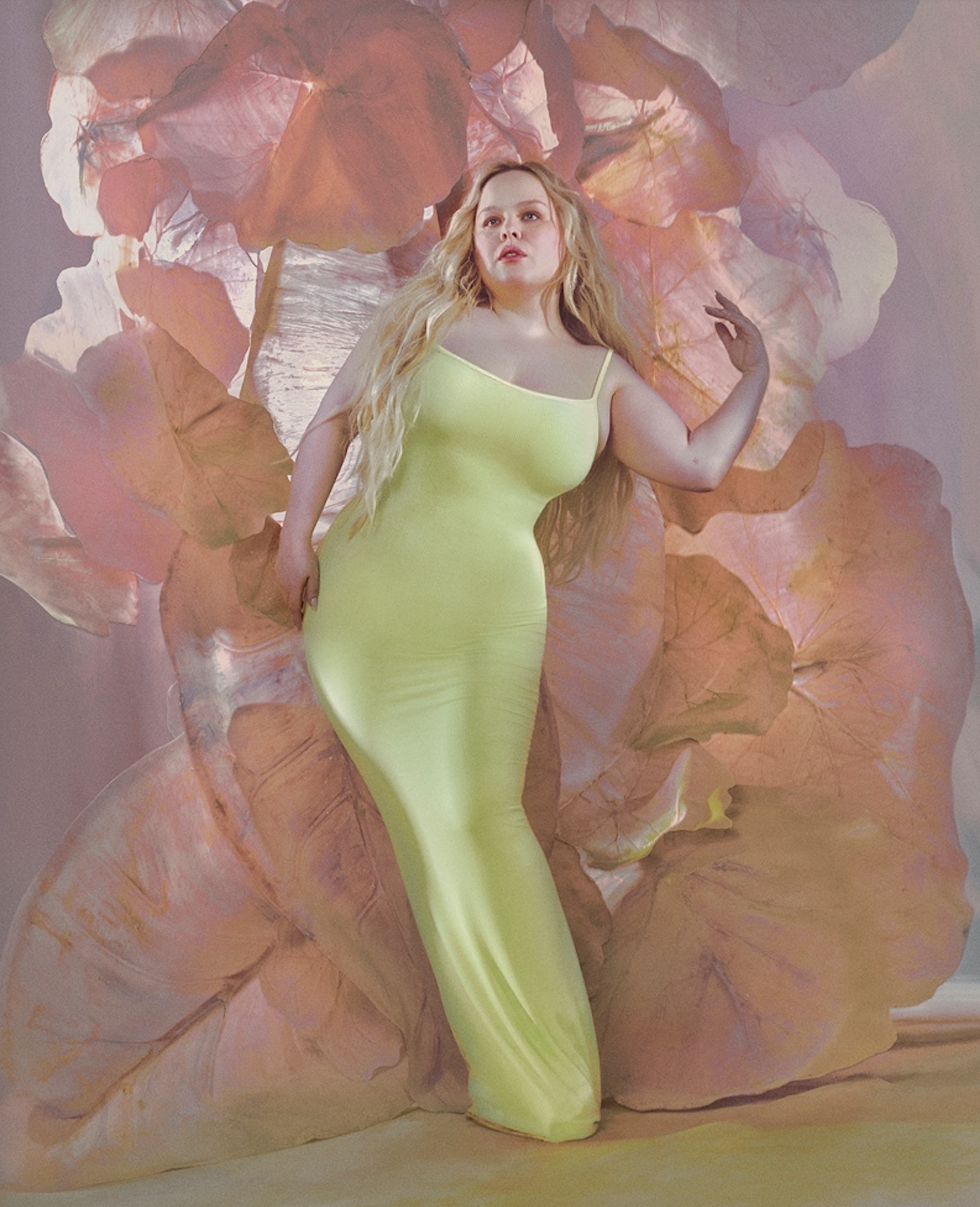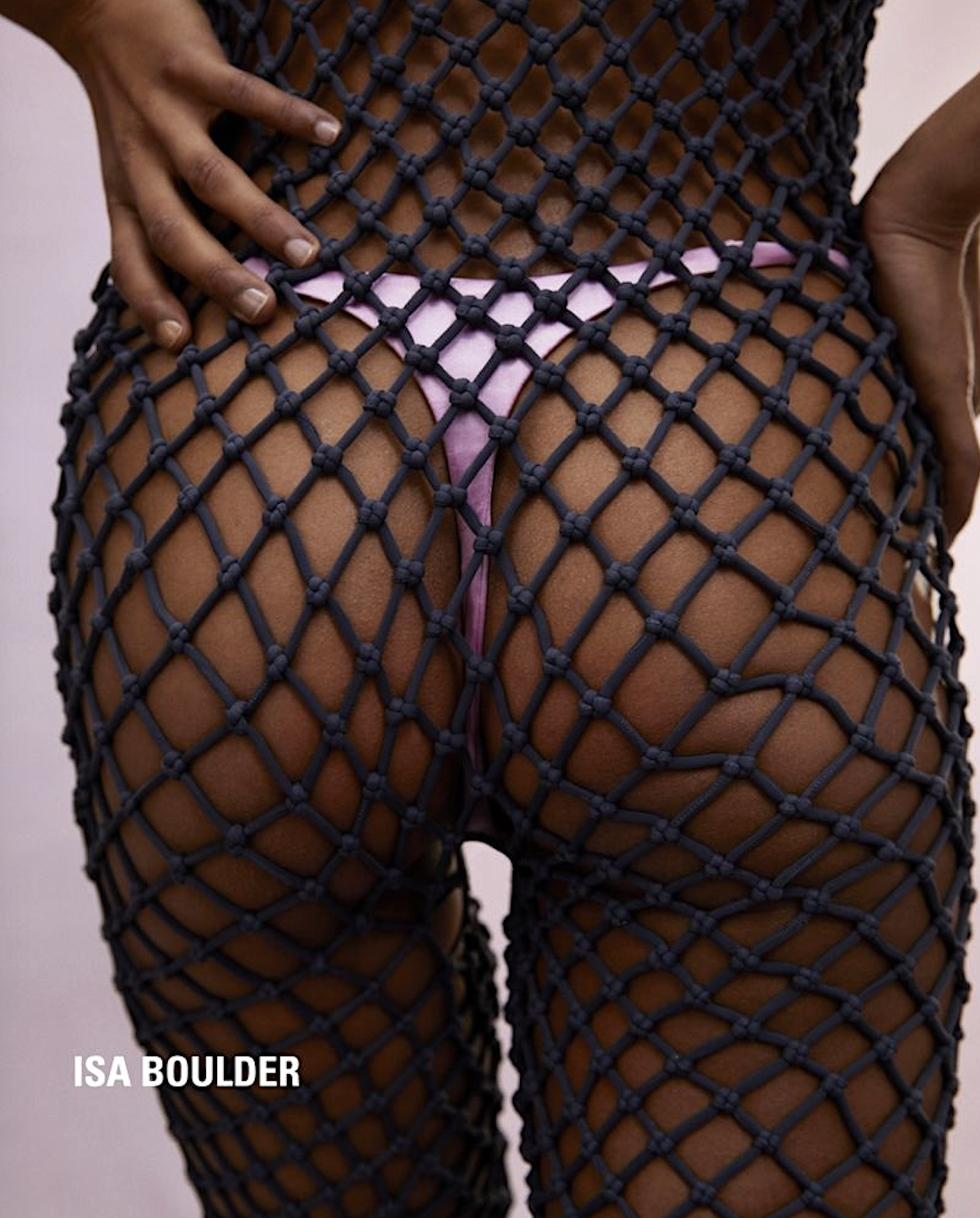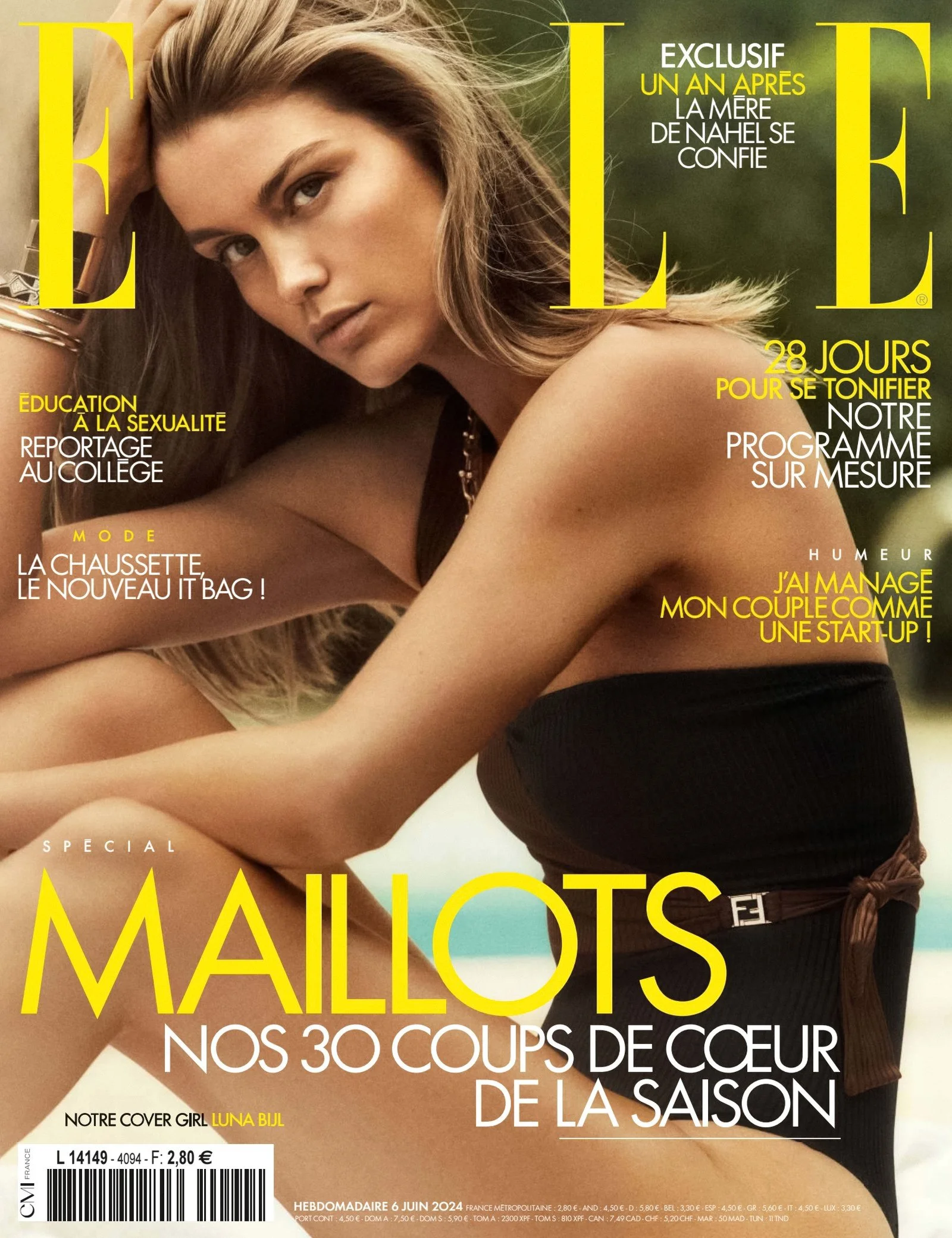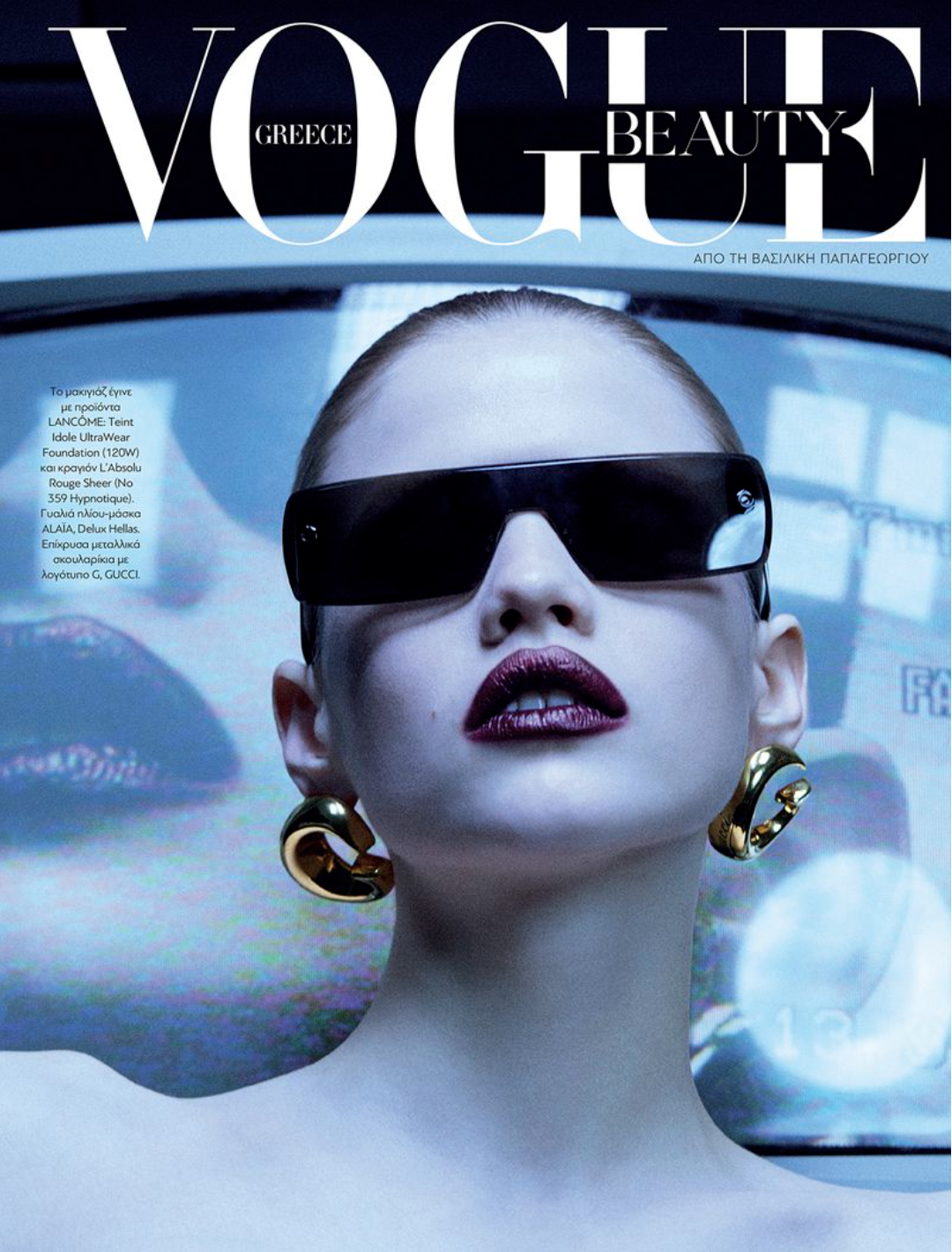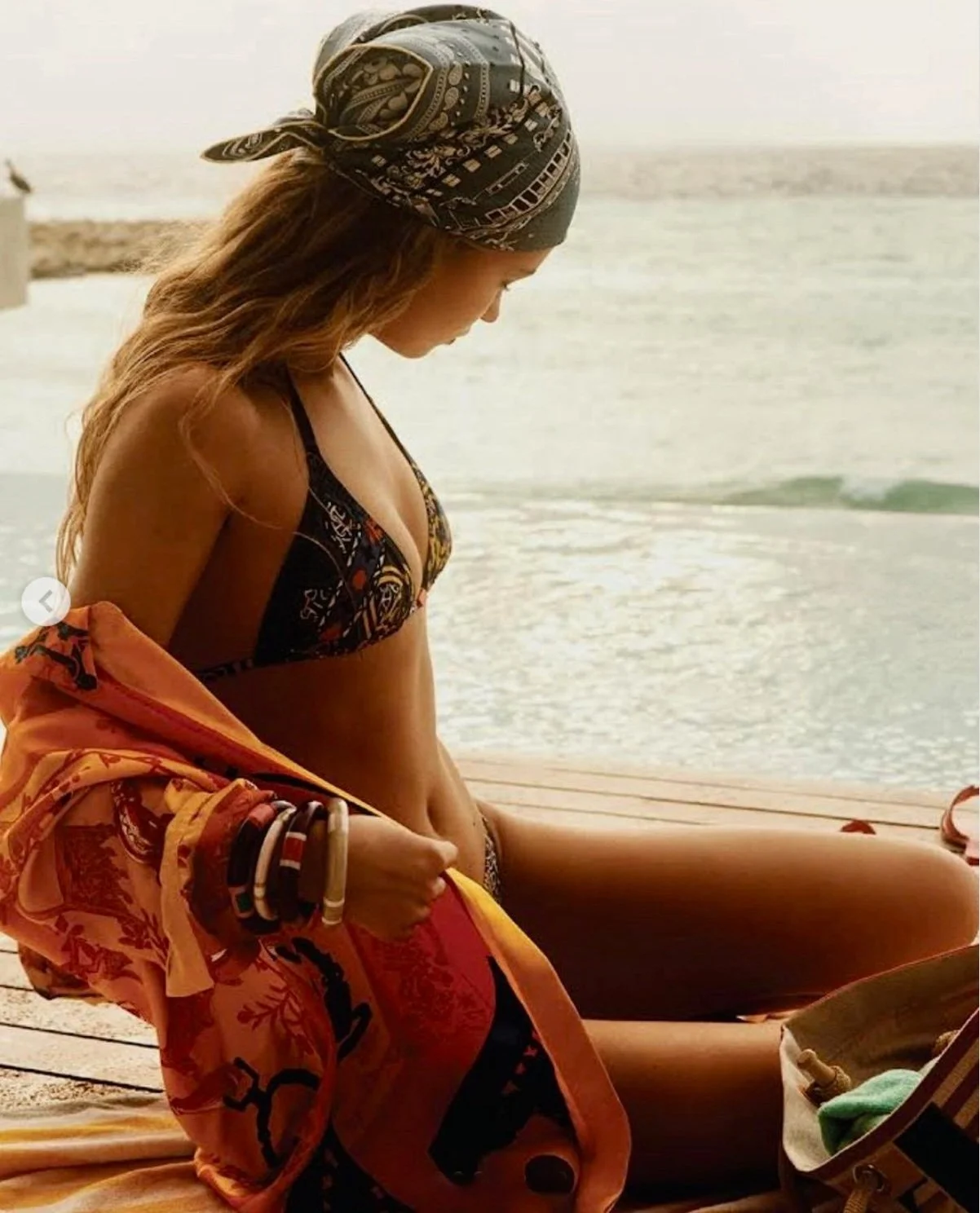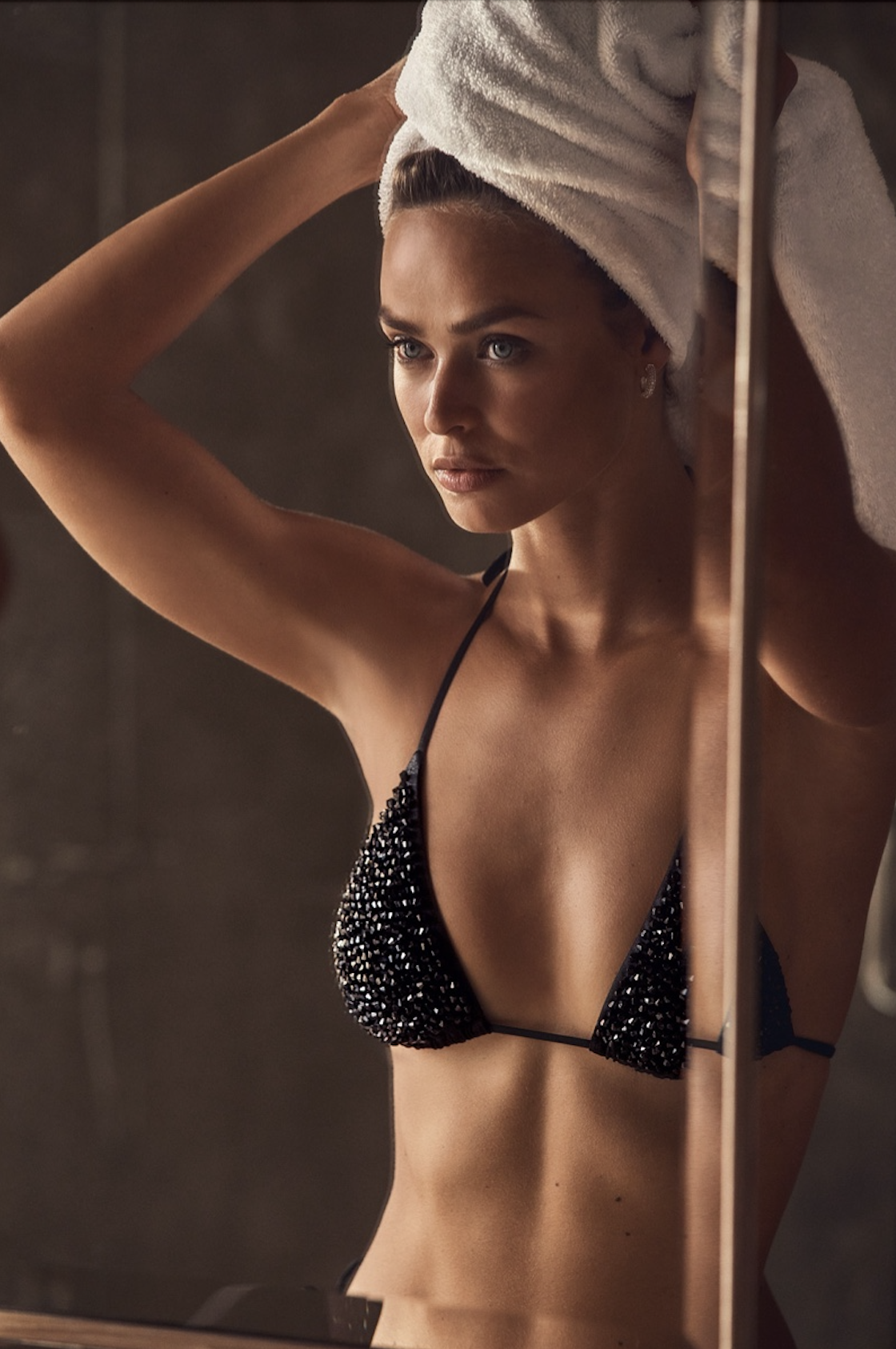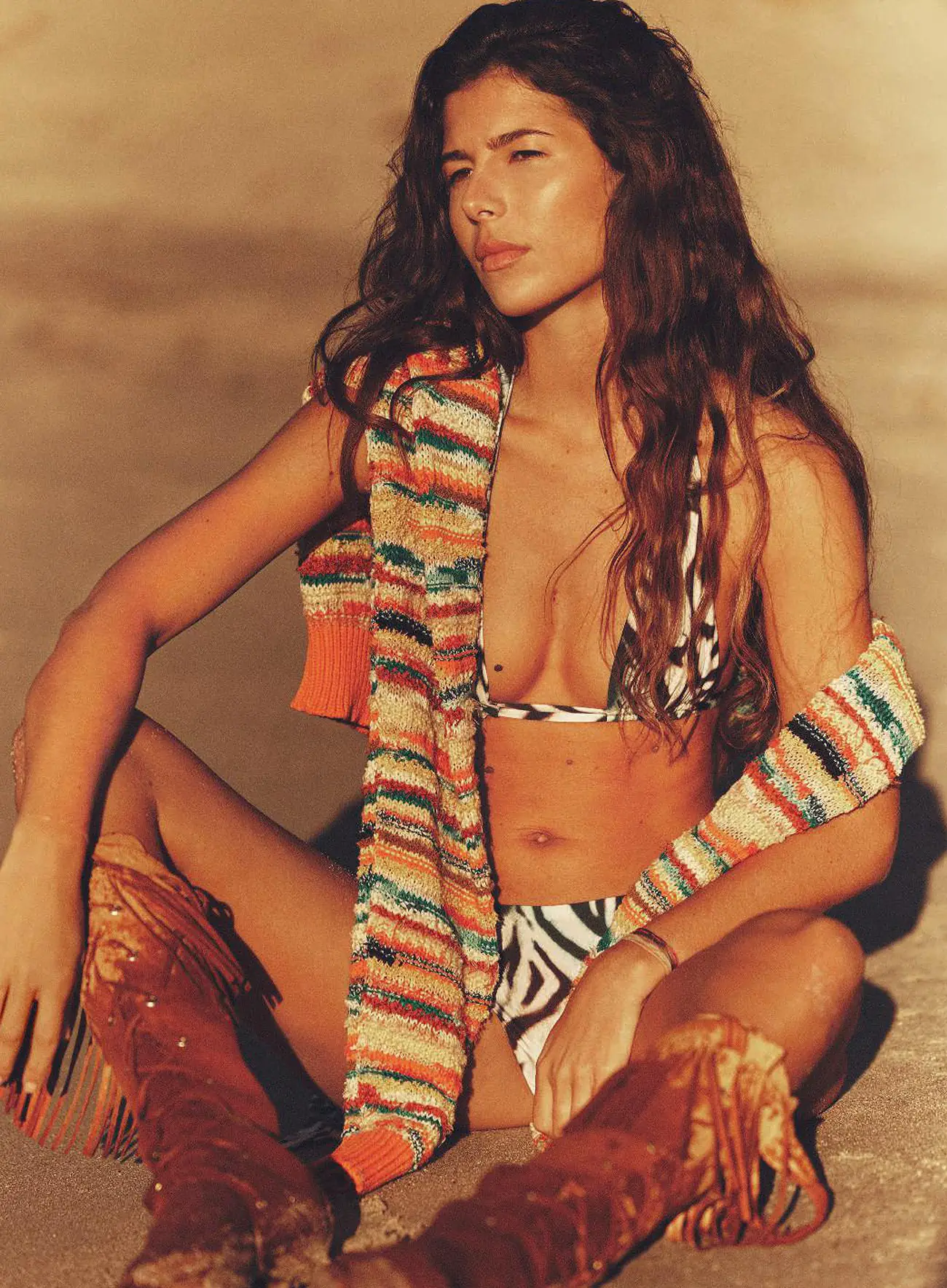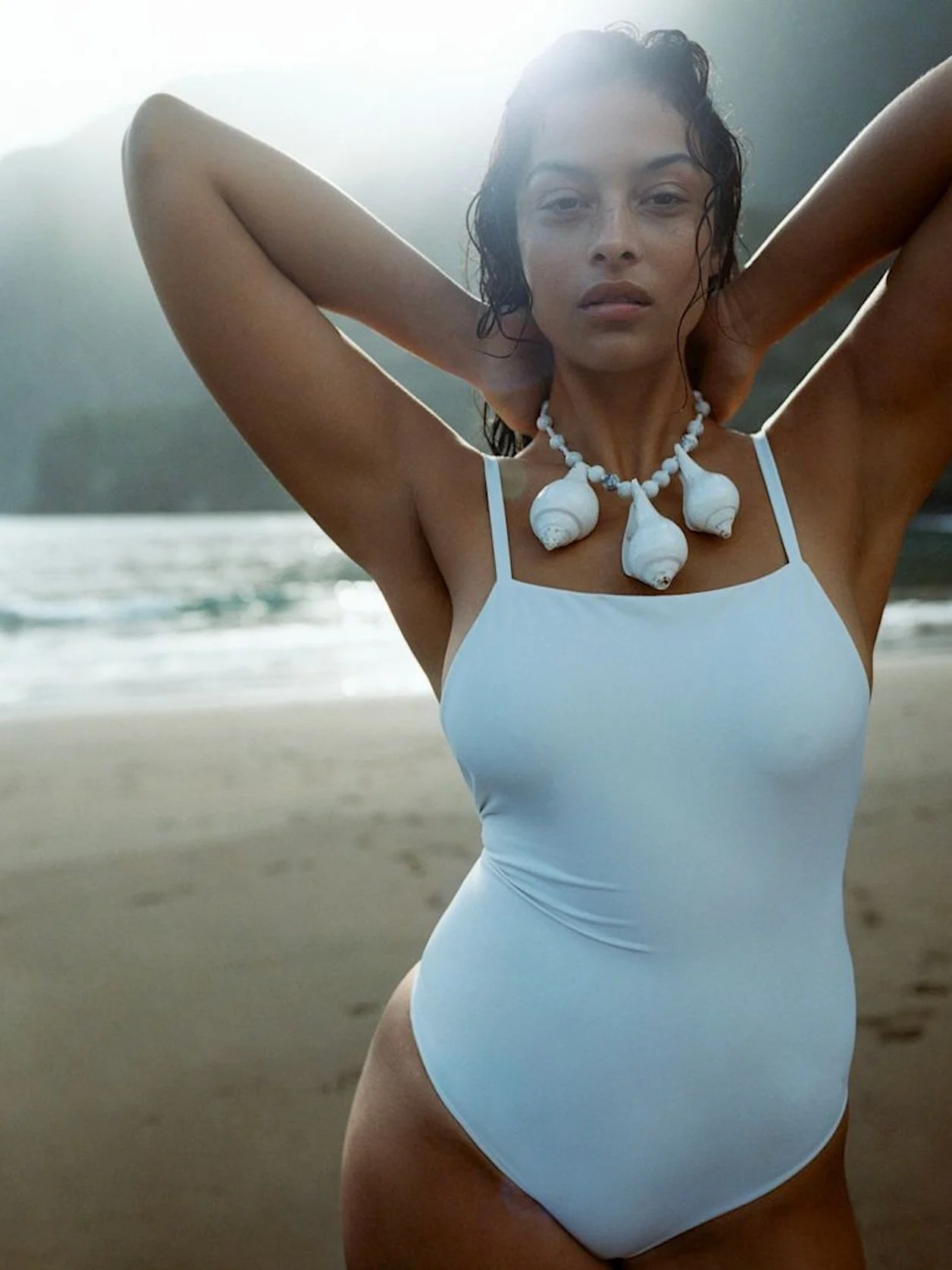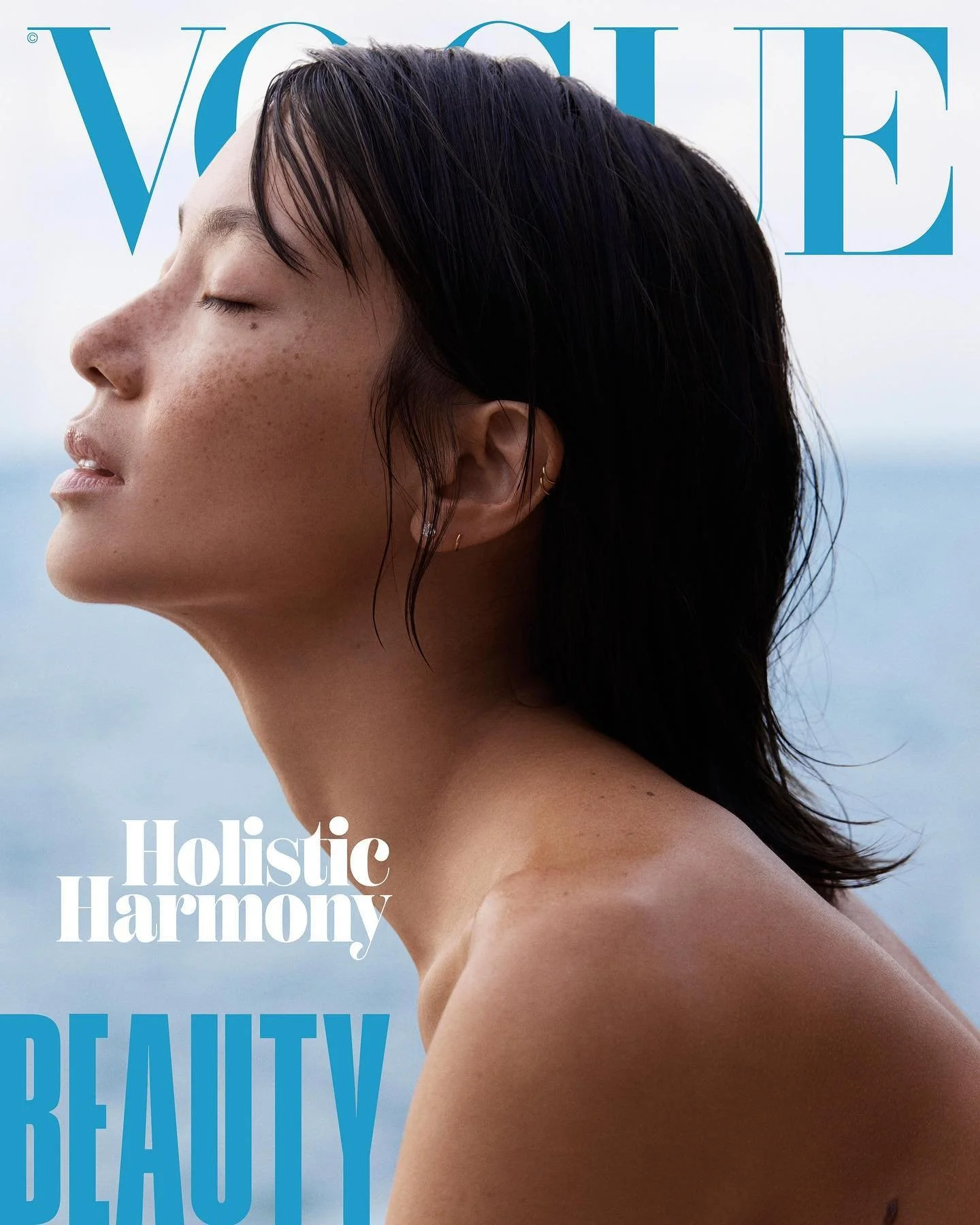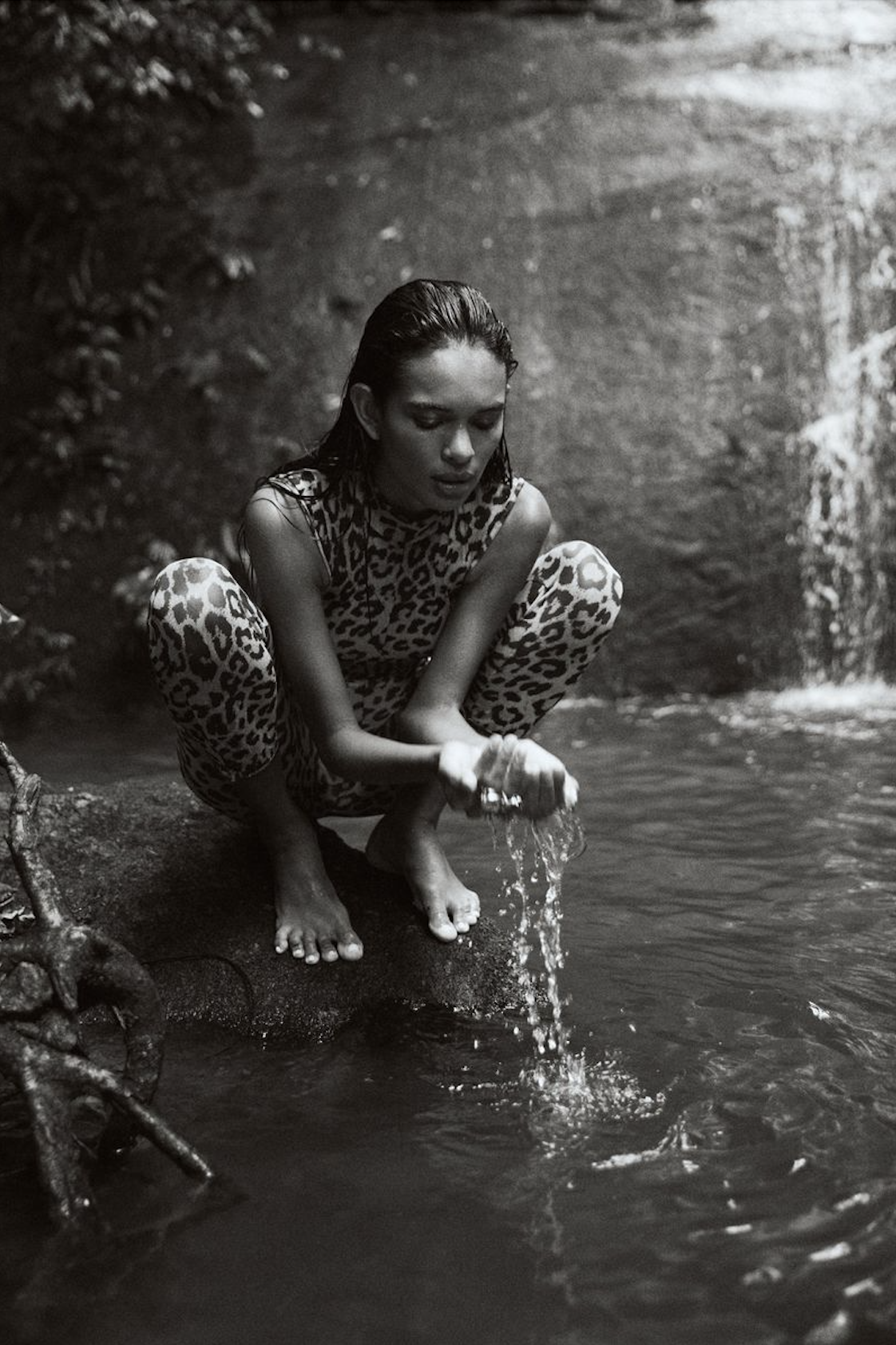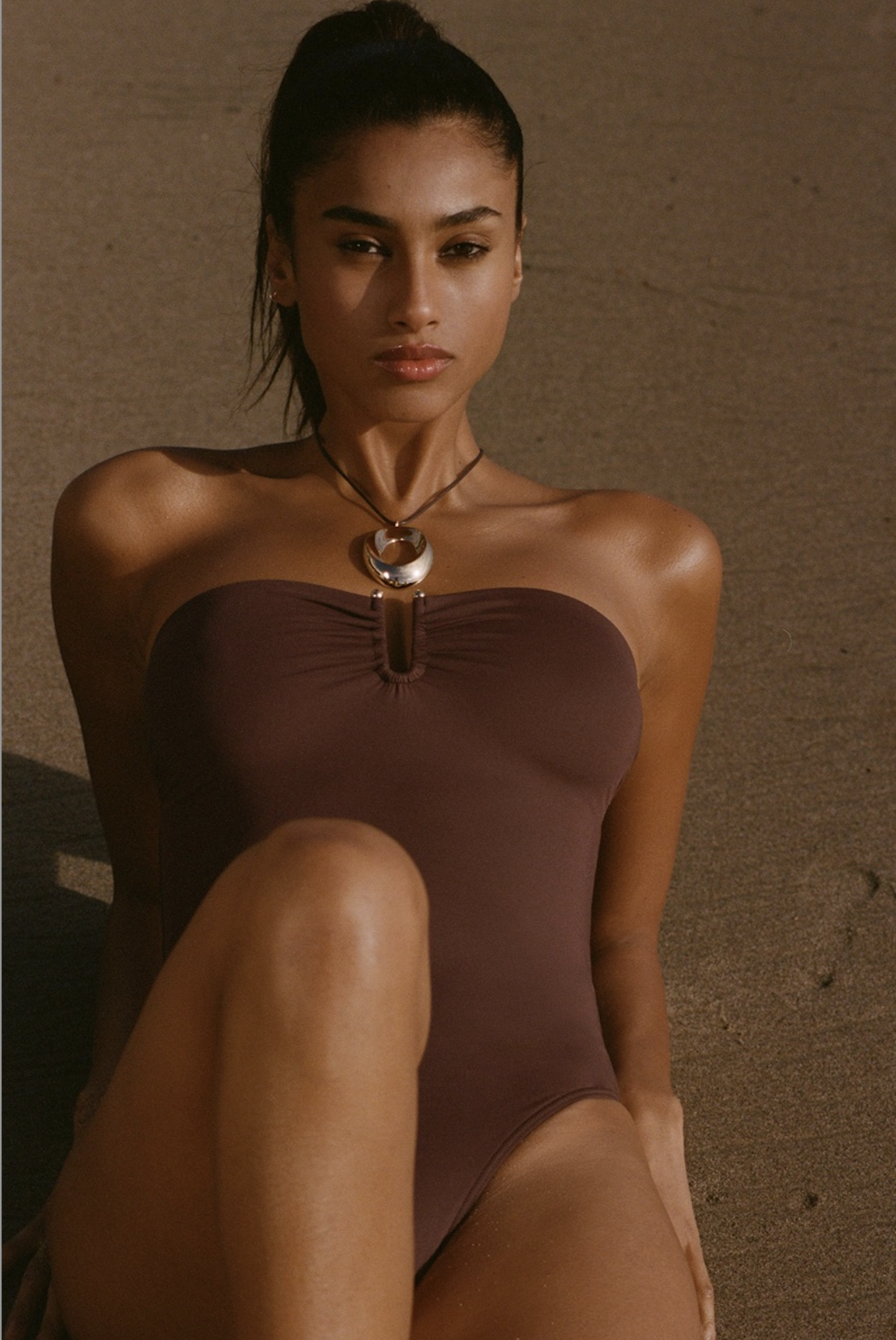Tara Lynn By Xavi Gordo For Elle Spain November 2013 In 'El Exito de una Mujer Real'
/Elle Spain taps Tara Lynn for its November cover story lensed by Xavi Gordo. Tara strikes a series of fierce, sensual poses, wearing pared down casual clothes like a leather jacket or simple black tee. Fashion editor Inmaculada Jiménez adds an animal print blouse to enhance Tara’s purr, with beauty by David Carreiro.
The magazine headlined its cover with the message ‘El Exito de una Mujer Real’. Translated, the message is ‘The Success of the Real Woman’.
TheGloss.com takes issue with this message that only a plus-sized woman is a “real woman”:
The fashion industry—and the media as a whole—should be working towards more inclusive depictions of a range of shapes, sizes, and skin colors in both editorials and advertisements. But the rhetoric that follows that inclusion, that self-congratulatory, faux body positive ‘real woman’ terminology and mindset ultimately proves to further solidify the dichotomy between women who look like ‘models’ and women who do not. Headlines like this, campaigns like this…only put up more barriers between women and serve to perpetuate the idea that there are only two ways to be a woman, both in the world of fashion and outside of it: You can be a thin model type or you can be a ‘real woman.
One commenter points out that ‘real’ has a different subtext in Spanish, including concepts like majestic, royal or splendid. “I think the editors may have been intentionally playing on words there. Obviously I can’t say this for sure but I’d love to take a look at the article and parse the other adjectives they use for her,” she cautions.
Writing for The Gloss.com, Carrie Murphy also rips into Project Runway judge and Marie Claire creative director Nina Garcia, for telling the Huffington Post:
I’ve seen many locations where the girls are very, very thin. It’s interesting because we live in a country where the obesity is so enormous. And then the reflection on the runways is girls that are so thin. So there’s two extremes that are almost like a reflection of themselves, and it’s very hard to be in the middle with girls that are just healthy.
I’m not entirely sure why Murphy takes such issue with Garcia. Her statement seems to reinforce a key point made at AOC that when the 90s models were downsized from an average size 4-6 to size 0, they no longer represented an achievable body type for the majority of women in many countries of the world. That’s just a fact.
In the same way that the moderate, sensible middle has disappeared in American politics, a once-celebrated body type like Cindy Crawford’s is now considered to be plus size. It’s all a head trip, one that saps women’s mindsets.
Two comments on the Huff Po article sum up the reality of today’s fashion models:
The problem I have is that it is impossible to get into modeling unless you are rail thin. I was 6’1 at 155 pounds and was told I needed to be at least 135 to find work.
At 155, this woman has a BMI (Body Mass Index) of 20.4, the low end of an average BMI range. At 135, her BMI is 17.8. Technically, that BMI is not anorexic.
My daughter is just breaking into the industry. She is 5’10” and weighs 120. She is called thin by all her friends, but both Elite and LA Models told her she needed to be thinner.
At 120, this woman’s daughter has a BMI of 17.2, considered at risk for health problems and anorexia by health professionals.
Meanwhile Tara Lynn looks fabulous in her Elle Spain editorial, and she is much more representative of the female population at large. Murphy does have a point about the divisive strategy of suggesting that rail thin women aren’t real women. And the beat goes on … and on … and on. If you haven’t read the first installment in our new review of research on body image, jump over to Feanne’s article How Body Image Affects Women’s Health For Real.~ Anne









